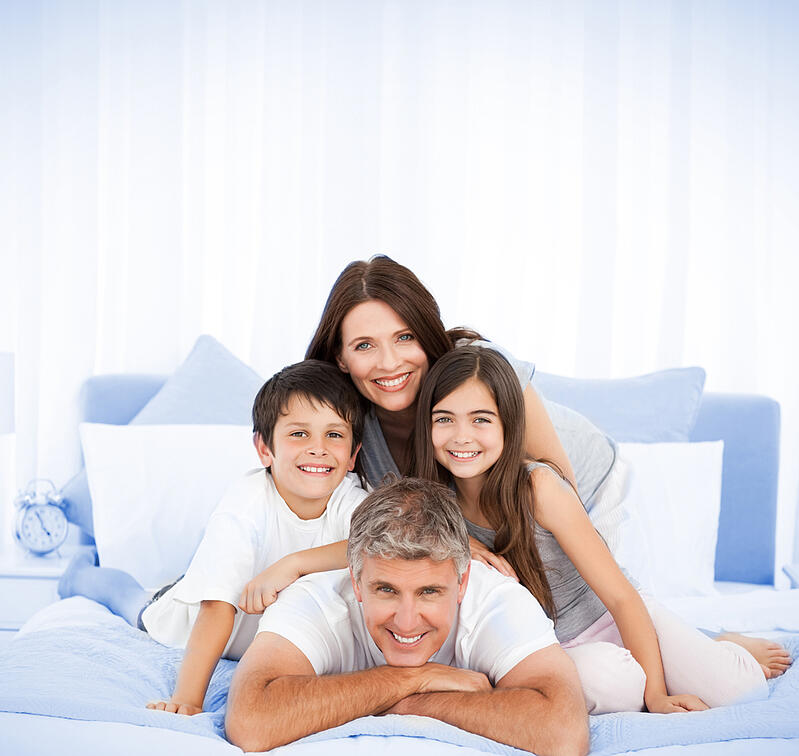Activated Oxygen:The proven way to clean your CPAP
For a continuous positive airway pressure (CPAP) machine to be effective, it needs two things from you:
— Use your CPAP machine consistently, as prescribed.
— Clean it consistently, as directed.
The first point is obvious: A CPAP machine can’t help you sleep better if you’re either not using it or still getting used to it. Yet, one study found that 15 percent of sleep apnea patients abandon consistent CPAP use and more than 30 percent never even fill their prescription to begin with.
Patients who do start and stick with CPAP, unfortunately, often aren’t cleaning it like they should—a study cited by the U.S. National Institutes of Health’s National Library of Medicine showed that almost 40 percent of CPAP users admitted to never cleaning their mask and more than 80 percent skipped cleaning the tubing.
Those are troubling stats. An uncleaned CPAP machine can result in unwanted growth of germs and bacteria and regularly using that machine could lead to a mix of health problems—from an irritated nasal passage to infections and pneumonia.
So why don’t people clean their CPAP machines?
CPAP users certainly don’t want additional health issues, but some say they simply don’t know how to clean the equipment properly. Others struggle to find the time to take their equipment apart and carefully and properly wash and dry each component the old-fashioned way with warm, soapy water or a vinegar and water mixture, day after day.
This is where SoClean simplifies and improves the process
Using SoClean to sanitize your CPAP machine is easy because it uses activated oxygen, making it much more effective than traditional cleaning methods.
You don’t even need to take apart your equipment to use your SoClean—you just place your mask in the SoClean chamber, close the lid and let it work.
How and why activated oxygen works
The method SoClean uses—generating and pumping activated oxygen through the components of your CPAP machine—kills 99.9 percent of CPAP germs and bacteria and takes less than 10 minutes.
Activated oxygen might not be able to make someone use their CPAP machine regularly, but it can make regular use and regular cleaning, simple.
A few basics about activated oxygen
— It’s kind of like a power-up. A generator inside the SoClean “activates” common oxygen, or O2, by breaking it down into two O atoms, which can recombine into an O3, or activated oxygen molecule. That third oxygen atom turns the molecule into a powerful oxidant that can destroy microorganisms, like bacteria and germs in your CPAP machine.
— No harsh chemicals are used to produce activated oxygen inside the SoClean unit: just electricity and air.
— Within about two hours, the SoClean converts the activated oxygen back to breathable oxygen, as it exits through a special filter.
— Because it works so well, activated oxygen is commonly used in an array of applications, such as public water purification, fruit and vegetable handling, hotel housekeeping and hospital disinfection. Even if the SoClean is new to you, you’ve almost certainly come into contact with the effectiveness of activated oxygen.
— The FDA cleared a device that uses activated oxygen for sanitizing and processing reusable medical devices in 2003, paving the way for SoClean, the world’s first automated CPAP cleaner and sanitizer, to make CPAP use easier, safer and healthier.
Because we specialize in sleep-related DME, Alaska Sleep Clinic provides the best education available for your sleep apnea and its treatment. As professionals in the field of sleep medicine, we are able to ensure that you are familiar with any form of treatment your physician determines is best.
We carry an extensive inventory of machines, masks, and other sleep related products to meet every patient’s unique needs and lifestyle, including SoClean machines.
We continually strive to ensure that your CPAP experience is positive and you receive the sleep you need. We desire to help you improve your sleep… and therefore improve your life!
We hope you will consider choosing Alaska Sleep Clinic as your DME provider.





